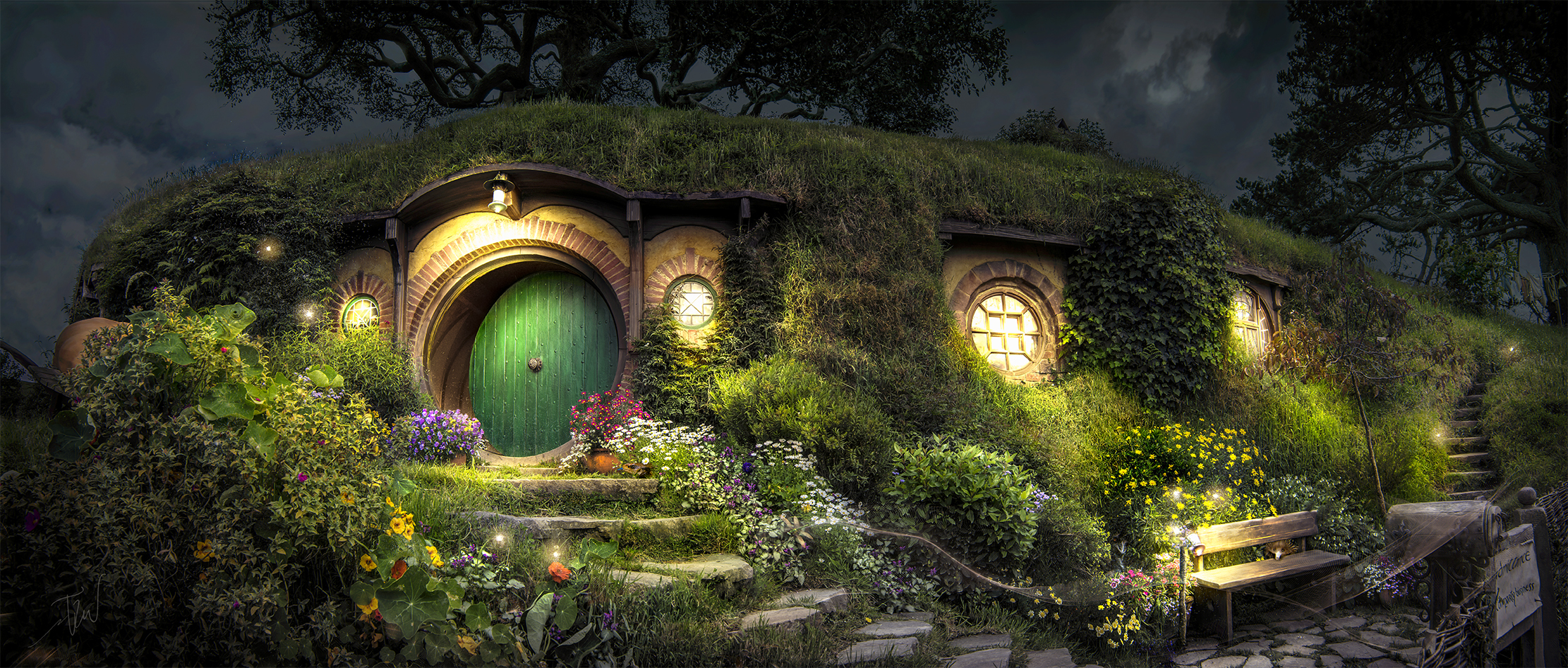

Once this is done, the averaging can begin. One must first load all images into Photoshop which are to be averaged, and then copy and paste each image on top of each other so that they are all within the same project window. If for some reason one layer receives more weighting than another, the blending of images will not be as effective. The idea is to stack each image in a separate layer, and have them blend together such that each layer contributes equally. Performing image averaging in Adobe Photoshop is relatively quick using layers. AVERAGING IMAGES IN PHOTOSHOP USING LAYERS Extra care should be taken with technique and averaging can only be used for photos taken on a very sturdy camera tripod. Averaging, unlike other shots, requires zero camera movement *between* exposures in addition to during the exposure. Note how the bright white "hot pixel" in the lower left of both the top and bottom images does not diminish with averaging. Image averaging does not work on images which suffer from banding noise or fixed pattern noise. Disadvantages of the averaging technique include increased storage requirements (multiple image files for one photo) and possibly longer exposure times. Note how neat image plus averaging is now able to both retain the vertical detail in the bricks and maintain a smooth, low noise look. Ideally, one could use a combination of the two: image averaging to increase the SNR as much as possible, then Neat Image to reduce any remaining noise:

Overall, Neat Image is your best option for situations where you cannot use image averaging (hand held shots). This is effective at removing very fine noise, but leaves larger fluctuations behind and eliminates pixel-level detail. It calculates each pixel value by taking the median value of all adjacent pixels. The median filter is a primitive technique and is in most versions of Photoshop. Sharpening could be used to enhance the remaining detail and greatly improve the overall appearance of sharpness, but sharpening cannot recover lost information. Neat Image is the best of all for reducing noise in the smooth sky, but it sacrifices some fine detail in the tree branch and vertical mortar/grout lines in the brickwork.

Noise reduction with Neat Image Pro Plus 4.5 uses default settings and "auto fine-tune" If you were to take two shots of a smooth gray patch, using the same camera settings and under identical conditions (temperature, lighting, etc.), then you would obtain images similar to those shown on the left.

This way, random fluctuations above and below actual image data will gradually even out as one averages more and more images. Image averaging works on the assumption that the noise in your image is truly random.
#Image pro plus tutorial iso#
Averaging can also be especially useful for those wishing to mimic the smoothness of ISO 100, but whose camera only goes down to ISO 200 (such as most Nikon digital SLR's). An added bonus is that averaging may also increase the bit depth of your image - beyond what would be possible with a single image. Averaging has the power to reduce noise without compromising detail, because it actually increases the signal to noise ratio (SNR) of your image. Image averaging is common in high-end astrophotography, but is arguably underutilized for other types of low-light and night photography. This section compares a couple common methods for noise reduction, and also introduces an alternative technique: averaging multiple exposures to reduce noise.


 0 kommentar(er)
0 kommentar(er)
